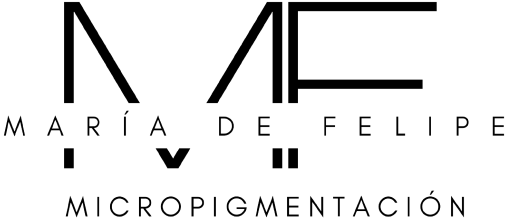Lymph Fluid
Lymph fluid carries nutrients in suspension, mainly fats, and distributes white blood cells throughout the body. Lymph is similar to plasma but more diluted, containing only 5% of the proteins and 1% of the salts and extracts. It is composed of a bit of blood and other body fluids, collectively called interstitial fluid, accumulating in intercellular spaces.
Part of this interstitial fluid returns to the circulation through the blood capillary membrane, but most enter the lymphatic capillaries and form the lymph. When interstitial fluid enters the tiny lymphatic vessels, it is called lymph.
Lymph is a colorless and viscous fluid, its composition is similar to that of blood plasma, but its movement is slower than that of blood. Its volume accounts for 16% of the body in a person of normal weight and height. Lymph is made up of water, proteins, fats, cellular debris, and lymphocytes.
The functions of lymph are:
- Nourishing tissues.
- Repairing.
- Manufacturing.
- Participating in the body’s immune system.
Lymph, along with all this interstitial fluid, collects particles that are too large to be absorbed by the capillary membrane, such as cell debris, fat globules, and small protein remains.
Then, the lymph passes from the vessels to lymph nodes and is poured into the blood through veins located in the neck region. Thus, the lymphatic system is a secondary transport system.



